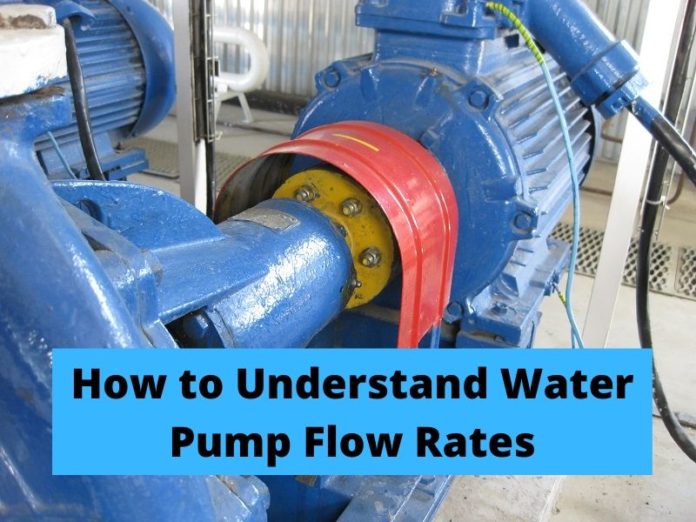Have you ever tried purchasing a replacement water pump, but got dumbfounded when asked about your pump’s specifications? What is your pump’s rated flow rate? What is your pump’s maximum and average flow rates? Is your pump adequate for your water supply needs? Would you prefer a pump with a higher rating?
Most of us have done it. We assumed to be knowledgeable about purchasing equipment for our home, thinking we could save more money by getting it ourselves. However, purchasing equipment that is not suited for our home’s needs may lead to waste of time, effort, and money.
When it comes to water pump repairs and replacements, it is better to let experts like Dowdens Pumping & Water Treatment handle the work for you. However, it is still best if we gain knowledge about water pump replacements for future references. So here is a guide to understanding water pump specifications.
Understanding Flow Rates: If your main source of water is through a water pump system, then you know your water pump is efficient if you have good flow rates from your tap or showerhead. The flow rate from your home’s water fixtures is dependent on the size of your pipes, the type of shower and faucet heads, and aerators in your home.
Flow rates will determine the efficiency of your water pump. Whether you have a jet pump or a submersible pump, it will be rated according to how much volume of water it can pass through in a specific amount of time. Water pump ratings are usually expressed in litres per minute (l/min).
The general rule of thumb for pump ratings is that the higher the rating, the more water fixtures it can serve at the same time. However, water flow rates may also be affected by the distance of your water fixture from the access points. If you have plumbing fixtures that are too far, then you need to check your pump’s “maximum” and the “rated” flow rates.
Maximum Flow Rate: Most pumps will give you a maximum flow rate. The maximum flow rate represents the total volume of water that the pump can suck in (for jet pumps) or push through (for submersible pumps) immediately before travelling through a water pipe network. For a typical home with extensive water piping, the maximum flow rate will not be achieved since the flow rate of water will change as it passes through pipes with different circumferences.
On the other hand, if you are using your pump to fill in a swimming pool, then the maximum flow rate is more likely to be achieved. Consult with experts like Dowdens Pumping & Water Treatment to determine the right equipment for your needs, if you want your water system to achieve maximum flow rate.
Rated Flow Rate: The rated flow rate that you find in your pump’s specifications is actually the targeted flow rate that your pump is designed to achieve. Rated flow rates are usually higher than your pump’s normal flow rate.
Normal Flow Rate: The normal flow rate, on the other hand, is the amount of water that will pass through the pipes at a specific amount of time. The normal flow rate is usually what you will look for because it is the flow rate that your pump can give you during its normal operations. So if you have a lot of plumbing fixtures in your home, Pumping & Water Treatment professionals will suggest you look for a normal flow rate that will suit your water supply needs.
Hiring A Professional
If the specifications of water pumps are still above your understanding, then it is best to consult an expert. This will give you peace of mind. Professionals can help you pinpoint the specific problem of your pump and will give you the correct pump rating so that you can experience the same water flow in every area of your home.
Read Also: Vacuums: How to Choose the Best One. The Definitive Guide













